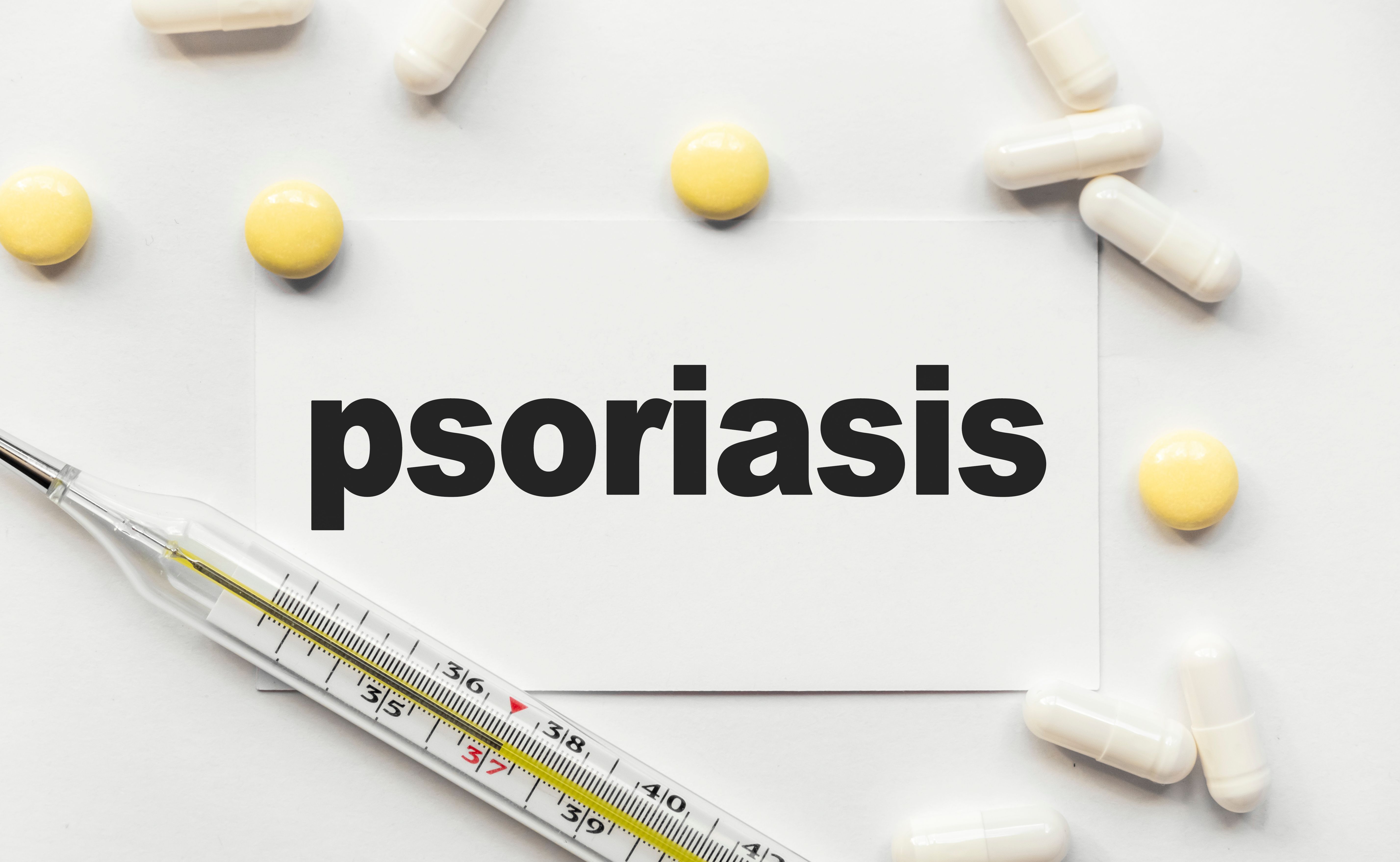Article
The Use of Realized Prices and Real-World Outcomes Data in Assessments of Drug Value
Author(s):
Background
In health economics and outcomes research, value assessments are often performed by using published drug prices to determine the average price of a treatment for the patient or the cost effectiveness of a treatment in terms of quality-adjusted life years. These determinations hinge on many assumptions that may be challenging to validate. Evaluating value based on realized drug prices and real-world clinical outcomes data may be preferable.1
Methods
Researchers used the IBM Access and Value Connect platform to analyze health plan data from US patients in the IBM MarketScan Commercial Database. Data from October 2016 through September 2017 from patients with a diagnosis of psoriasis were analyzed as part of this study.1 The mean per patient per month (PPPM) cost of the drug apremilast, an orally administered phosphodiesterase 4 inhibitor that is approved in the United States for treatment of moderate-to-severe plaque psoriasis,2 was calculated based on cost data from health plan claims. The PPPM cost was compared with the published cost from the 2018 Plaque Psoriasis Condition Update from the Institute for Clinical and Economic Review (ICER) that reported the net price for the drug, taking into account dosing considerations and discounted pricing.
Results
Data from 4169 patients with a diagnosis of psoriasis were analyzed. Based on health plan claims data, the PPPM cost was $20,821 during a mean 243-day period of treatment with apremilast; this included other psoriasis medications. The net treatment cost in the ICER report was considerably higher, at $30,807 in year 1 and $31,018 in year 2. The researchers also identified other differences between the ICER data and their real-world data.1
Conclusions
The use of health plan cost data to calculate fully-adjudicated realized prices enabled the rapid and easy comparison of the costs of various therapies. The use of fully-adjudicated realized prices together with real-world outcomes data allowed more accurate value assessments. The researchers recommend that whenever possible, realized prices and real-world data should be used for assessments of the value of a treatment.1
References
1. Meade D, Hensley AS. Impact of using real-world outcomes data versus clinical evidence and published prices in value assessments. Presented at: ISPOR 2019; March 1-5; New Orleans, LA. Abstract PDG15. ispor.org/heor-resources/presentations-database/presentation/intl2019-1846/91506. Accessed October 25, 2019.
2. Otezla [prescribing information]. Summit, NJ: Celgene Corporation. 2019. media.celgene.com/content/uploads/otezla-pi.pdf. Accessed October 23, 2019.





